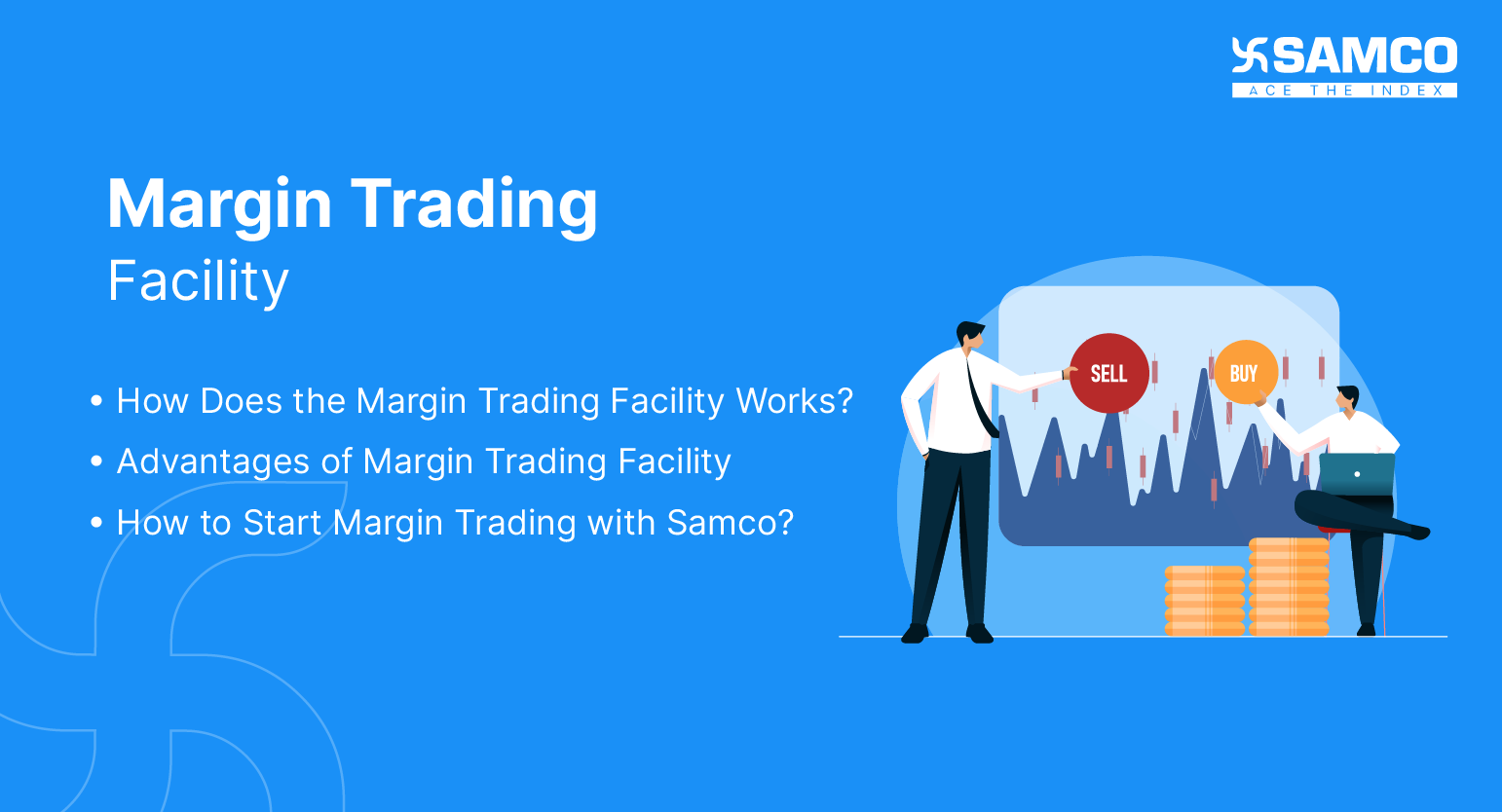In the ever-evolving financial landscape, navigating the complexities of investments can be daunting. Among the plethora of trading strategies, options and margin trading stand out as popular choices. But are these two concepts interchangeable? This comprehensive guide delves into the nuances of each approach, empowering readers to make informed decisions and achieve their financial goals.

Image: www.samco.in
Defining Options and Margin Trading
Options Trading
Options trading involves contracts that grant the buyer the right, but not the obligation, to buy (call option) or sell (put option) an underlying asset at a predetermined price within a specified period. This flexibility allows traders to speculate on future price movements without owning the asset directly.
Margin Trading
Margin trading, on the other hand, is a type of leveraged trading that enables investors to amplify their buying power by borrowing funds from a broker. This magnification intensifies both potential profits and losses, making it a higher-risk strategy.
Similarities and Differences
Commonalities:
- Both options and margin trading offer opportunities for speculation on price movements.
- Both require a brokerage account.
- In both cases, profits and losses can vary significantly based on market conditions.
Distinctions:
- Ownership: Options confer contractual rights but no ownership of the underlying asset, while margin trading involves borrowing and owning the purchased securities.
- Risk: Margin trading generally carries higher risk due to borrowed funds and potential margin calls, where brokers require traders to add cash or assets if losses exceed a certain threshold.
- Cost: Options trading involves premiums, while margin trading incurs interest on borrowed funds.
Advantages and Disadvantages
Options Trading Advantages:
- Flexibility to speculate on price movements without purchasing the underlying asset.
- Limited downside risk as the maximum loss is capped at the premium paid.
- Potential for higher returns than buying stocks outright.
Options Trading Disadvantages:
- Time decay: Options premiums lose value over time, pressuring investors to make profitable trades before expiration.
- Complexity: Options strategies can be intricate, requiring a solid understanding of market dynamics.
Margin Trading Advantages:
- Amplified returns due to leverage.
- Ability to sell short, benefiting from falling prices.
- More flexibility in holding positions compared to options.
Margin Trading Disadvantages:
- Unlimited liability: Losses can exceed the initial investment.
- Margin calls: Obligation to replenish borrowed funds if losses reach a critical level.
- Interest expenses: Additional costs for using borrowed funds.

Image: stackoverflow.com
Is Margin Trading the Same as Options Trading?
Emphatically, the answer is no. Options trading and margin trading are distinct approaches with their own unique characteristics. While both grant traders leverage for speculation, options provide a more defined risk framework with capped losses, while margin trading exposes investors to potentially unlimited liability.
Choosing the Right Approach
The choice between options and margin trading depends on individual risk tolerance, investment goals, and financial circumstances. Margin trading offers greater leverage and potential returns but is best suited for experienced traders comfortable with heightened risk. Options trading provides more risk mitigation but has its own nuances and complexities.
Are Options And Margins Trading The Same
Conclusion
Understanding the differences between options and margin trading empowers investors to make informed decisions aligned with their objectives. While both strategies provide opportunities for financial gain, prudent investment decisions require a thorough evaluation of their respective risks and rewards. By navigating the financial markets with knowledge and caution, individuals can leverage these powerful tools to achieve their long-term financial aspirations.






